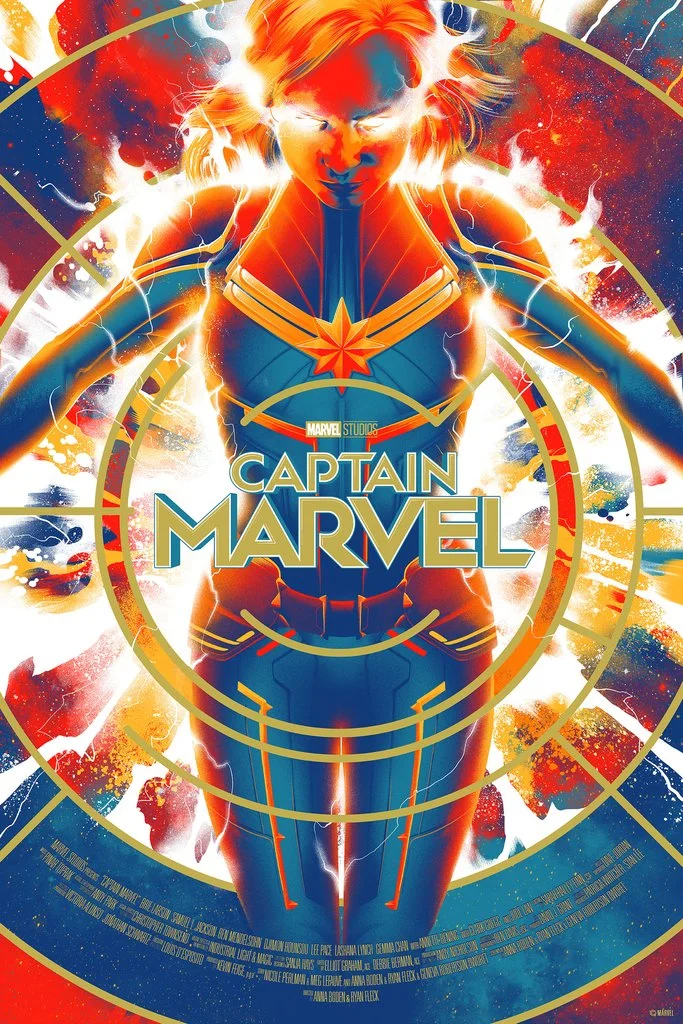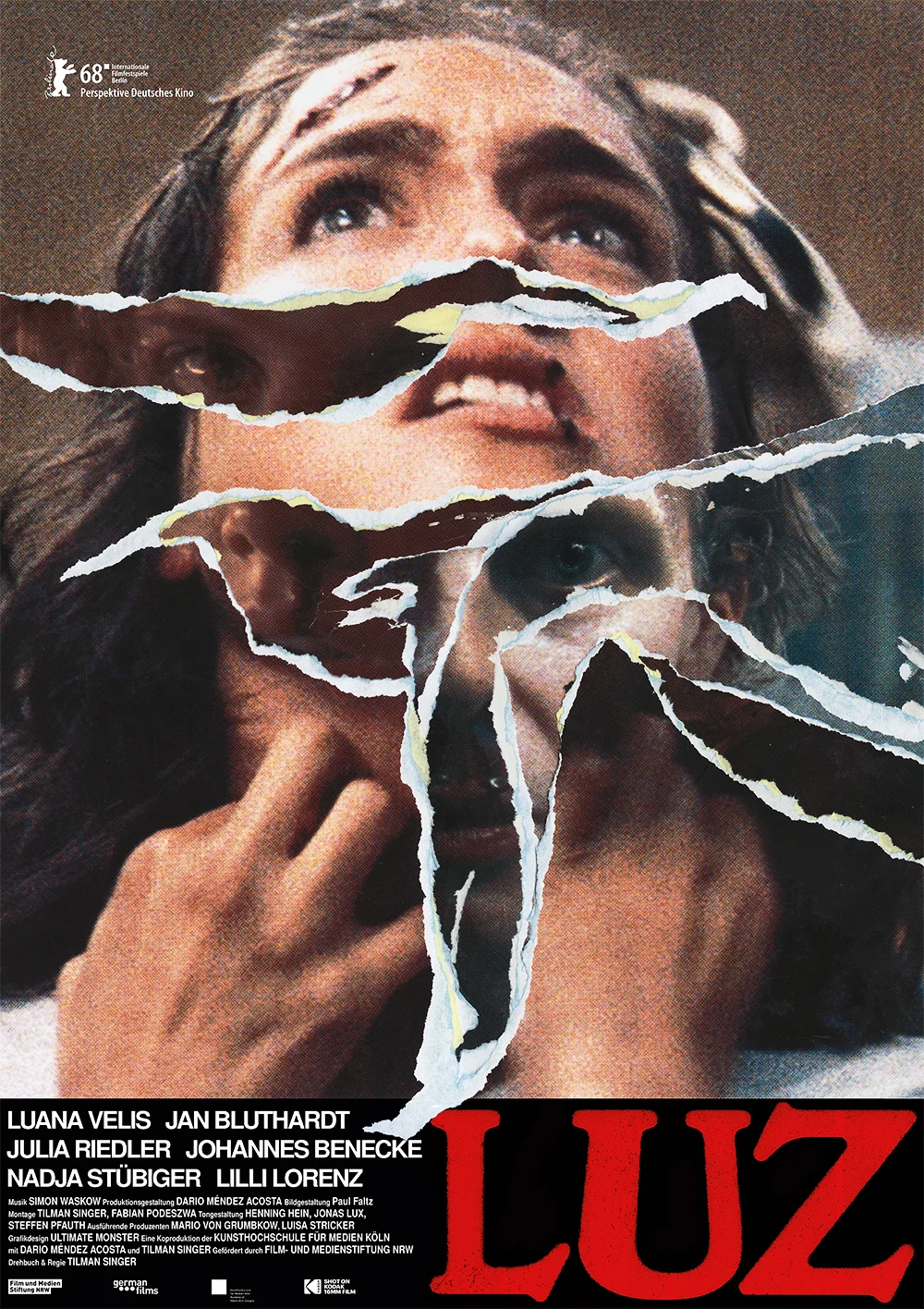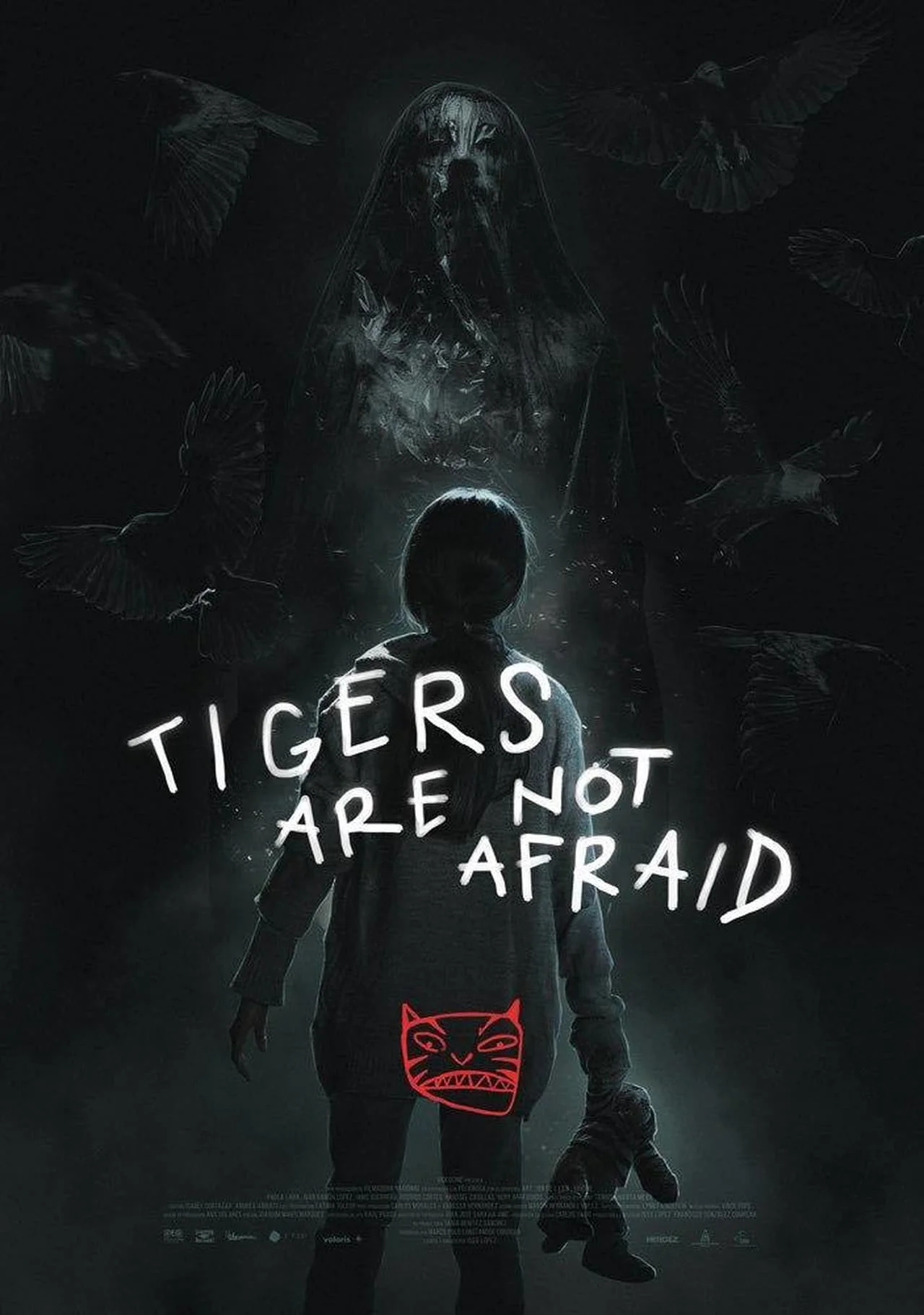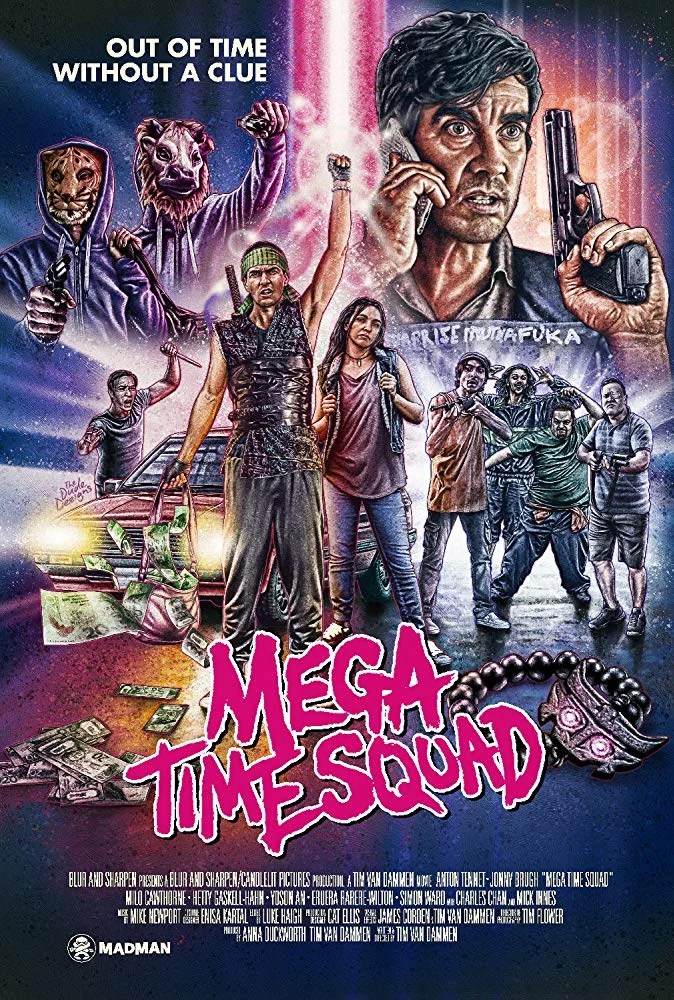This frenzied mish-mash of Bollywood musical, martial arts actioner and comic book origin tale is told with an eye towards western cinematic sensibilities and an affectionate reverence of filmic pop culture.
It follows the travails of Surya (Abhimanyu Dassani, son of Indian screen star Bhagyashree), a young man with a rare disorder that also proves very handy: he has a congenital insensitivity to pain. His ailments also include a requirement for constant hydration, which necessitates wearing a backpack that stores a ready supply of water, though it tends to run dry at inopportune moments, meaning Surya has to come up with creative ways to imbibe H2O.
Throughout his formative years, Surya exists on a diet of Kung Fu and action movies and he teaches himself martial arts moves so that he can dispense vengeance on the gang that robbed his mother when he was a young baby, killing her in the process. Surya is always at the side of his best friend and childhood crush Supri (Radhika Madan), whose father is a violent drunk, forcing Surya to teach him some knuckle-sandwich infused home truths, ultimately putting Supri’s father in the hospital.
As a young man, Surya yearns to meet his idol, a one-legged martial arts guru named Karate Mani (Gulshan Devaiah), and after meeting him, Surya soon encounters his scenery-chewing evil twin, Jimmy (also played by Gulshan Devaiah). Soon, the adult Surya and Supri must fight the fight of their lives, defending themselves against henchman and street scum alike as Surya struggles to realise his childhood dream of being an unstoppable, karate-chopping, leg-sweeping, force for justice on the streets of Mumbai.
At times it’s so tight you’d think Edgar Wright was sneaking into the edit room, at other times the sequences are languid and baggy. That said, the overwhelming sense of joy and fun that Vasan Bala is having here – name-checking his Hollywood influences and designing inventive and crazy fight sequences – is contagious (though the amount of scenes depicting children being beaten is positively Dickensian). Street locations are brightly decorated and colourfully lensed and the soundtrack is tacky and sweet, making this slice of Bollywood geekdom a ton of fun. The running time, as you would expect, is over two hours but the reward is in the journey and there’s lots of fun to be had in this alternately goofy, melodramatic and surreal chop-sock-rom-com.






































